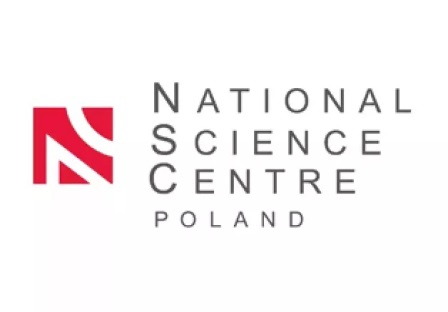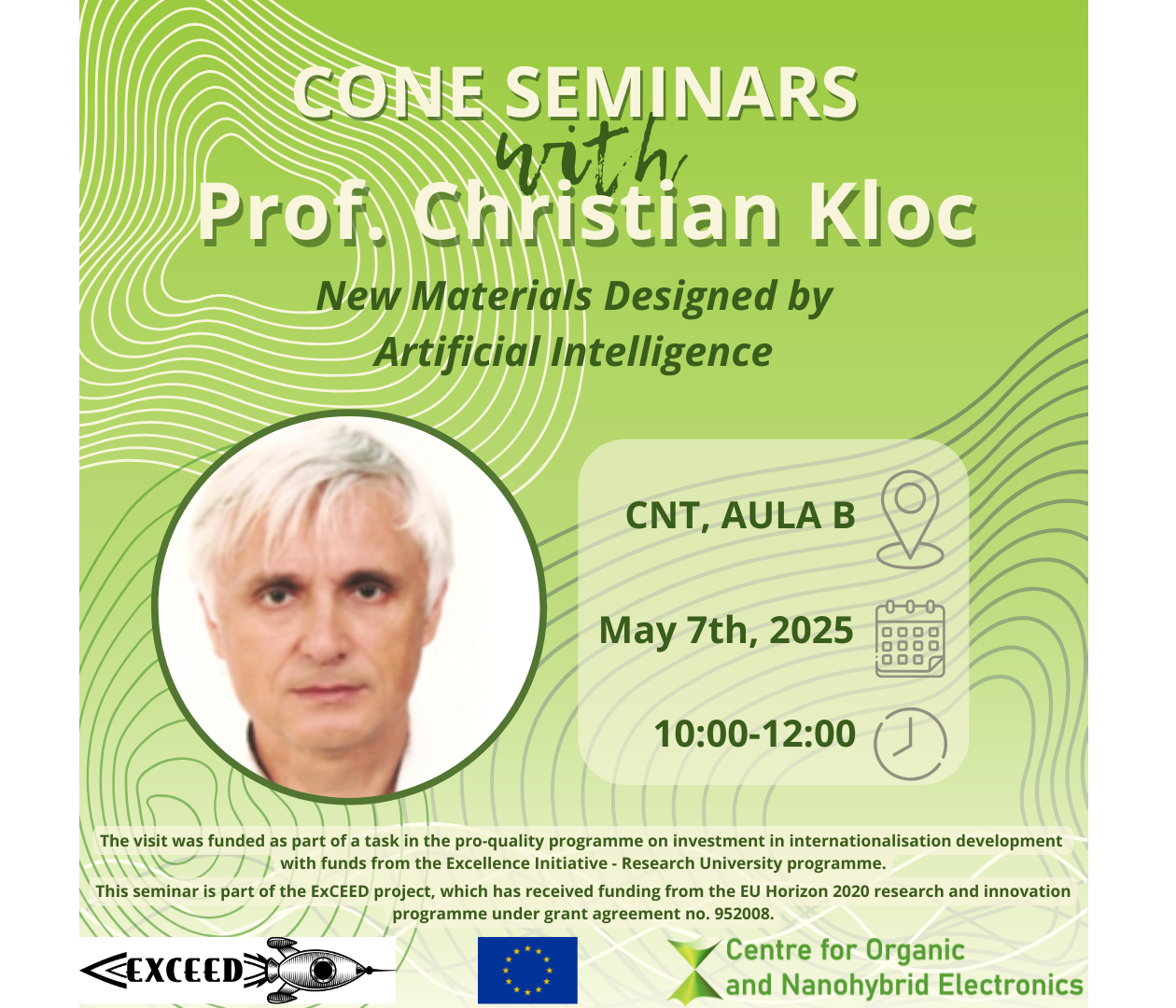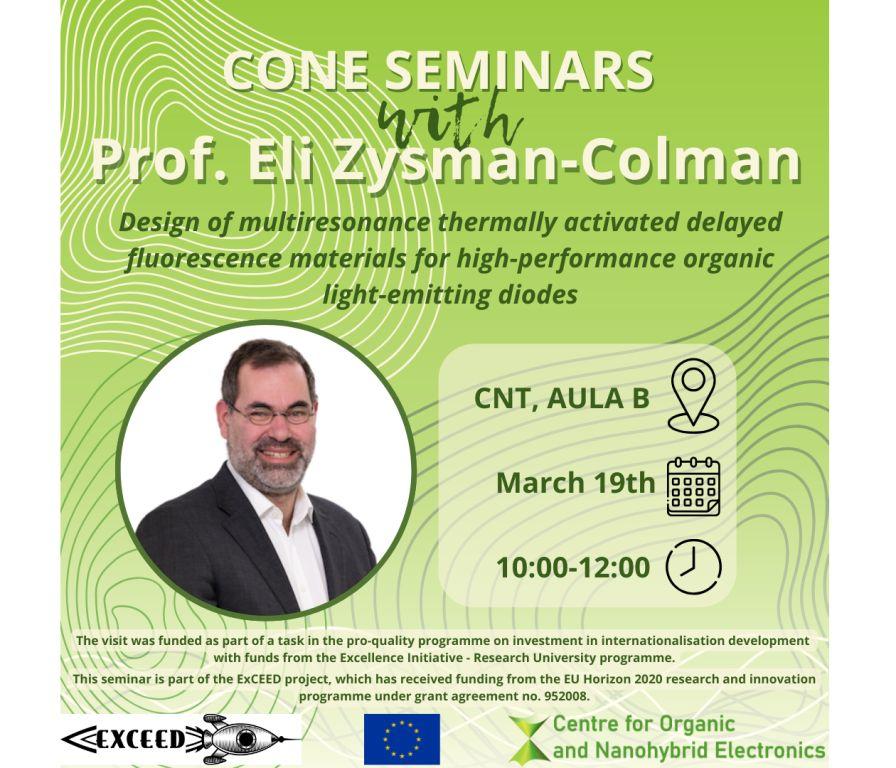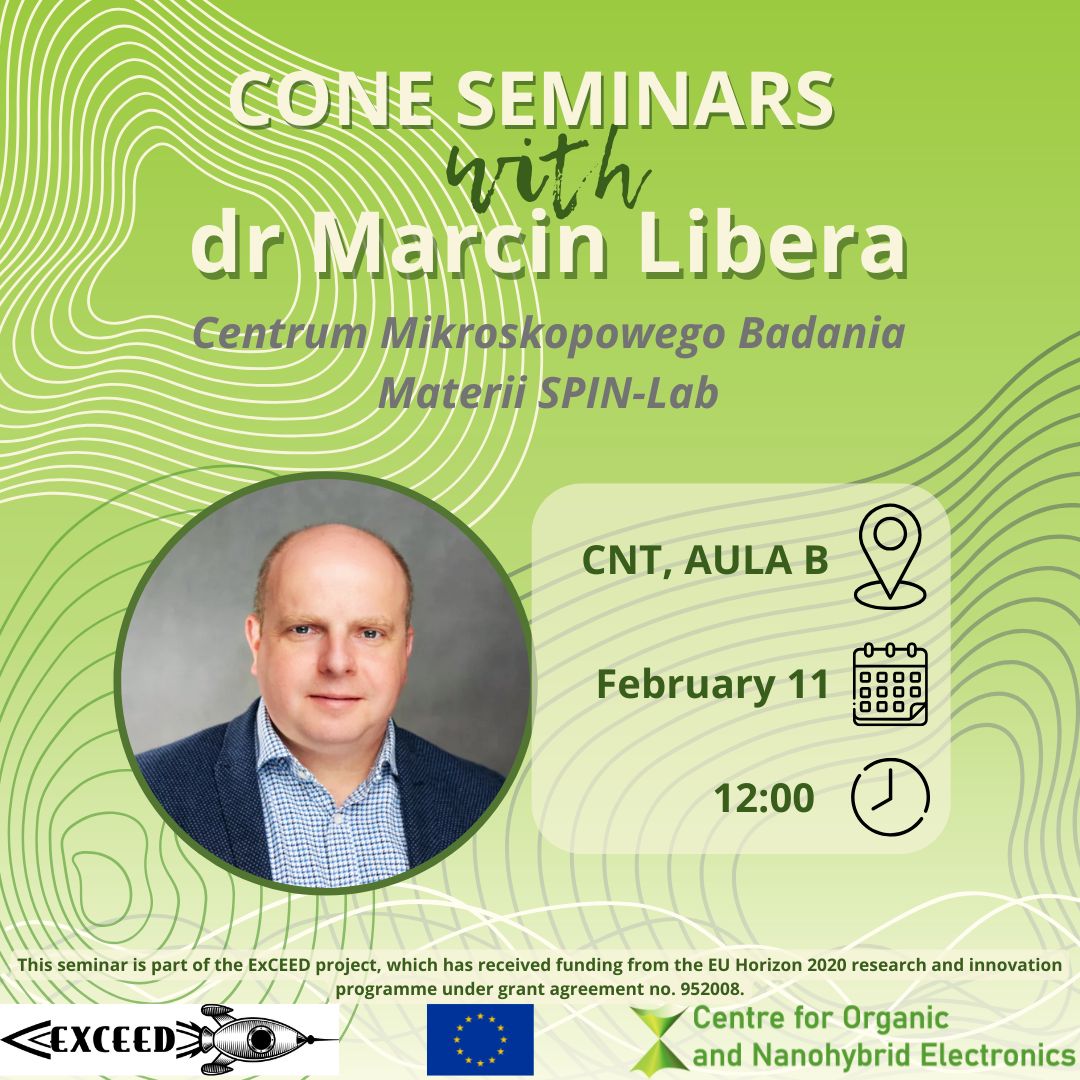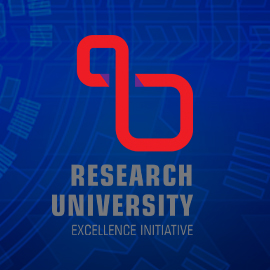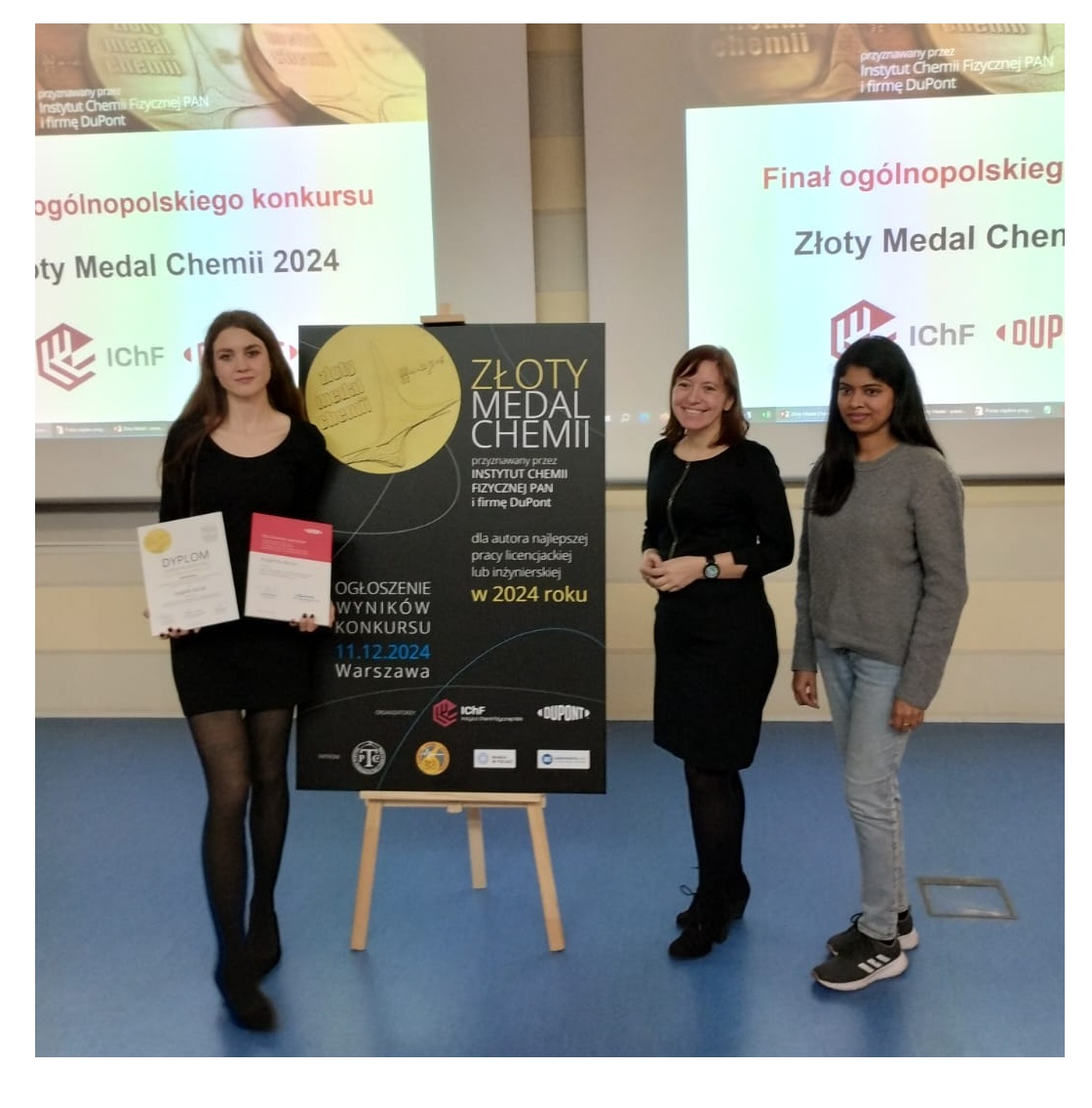Start - News
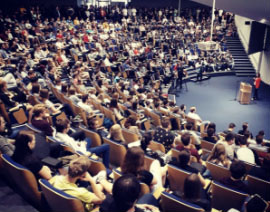
Prof. Serge Cosnier "Bioelectrocatalytic materials based on carbon nanotubes and glyconanoparticles" lecture
We have pleasure to invite you to attend a guest lecture given by Prof. Serge Cosnier entitled „Bioelectrocatalytic materials based on carbon nanotubes and glyconanoparticles ”, which will be given at the Faculty of Chemistry Council Hall (M. Strzody 9, room 205), on Monday, 15th May, at 11:00 am.
Prof. Serge Cosnier is Emeritus Director of Research at CNRS at the Grenoble University (France). He is member of the Academia Europaea, member of the European Academy of Sciences and Fellow of the American Institute for Medical and Biological Engineering. His activity is focused on molecular electrochemistry and bioelectrochemistry with the development of biosensors, biofuel cells and bio-nanomaterials based on carbon nanotubes. Prof. Cosnier has authored over 402 publications (h-index Web of Science 71, Google Scholar 84), 3 books and 20 book chapters, and holds 20 patents.
Abstract:
For four decades, the functionalization of electrodes by biomaterials based on electrogenerated polymers, carbon nanotubes and / or nano-objects, was widely used in the field of analytical chemistry and energy conversion for the design of biosensors and biofuel cells[1]. Some new approaches for developing nanostructured biomaterials based on functionalized carbon nanotubes, glyconanoparticles and hollow electrodes will be illustrated with enzymes as catalytic element.
In particular, the design of a biosensor based on the release of the enzyme substrate from its structure was developed for the inhibitive detection of benzoic acid. A polyurethane support comprising two perforated microcapsules (800 µm in diameter) was thus filled with catechol and covered with a conductive deposit of multiwalled carbon nanotubes and then an enzyme [2]. Moreover, the self-assembly of carbon nanotubes in the form of conductive sheets (buckypapers) was used to generate bioelectrodes. In addition, the chemical anchoring of biological macromolecules to the surface of electrodes has been carried out via the non-covalent modification of the buckypapers. The concept of the hollow bioelectrode is based on the bonding of two conductive sheets composed of carbon nanotubes (buckypaper) whose assembly generates a microcavity defined by the thickness of the glue linking the two sheets [3]. These buckypapers are permeable only to water and enzyme substrates but not allow the permeation of enzymes. Therefore, the enzyme trapped in powder form is then solubilized inside the microcavity leading to a high density of biocatalyst in solution with an electrical connection with the buckypapers. The electrocatalytic performance of the bilirubin oxidase hollow electrode was described as a function of pH, temperature and the amount of entrapped enzyme. Such type of bioelectrodes was applied to the design of biofuel cells which were implanted in rats.
The development of glyconanoparticles resulting from the self-assembly of block copolymers composed of polystyrene and cyclodextrin as an inclusion site will be also reported. These glyconanoparticles, which are stable in water, constitute a multivalent platform for binding hydrophobic fluorescent or electroactive molecules. In particular, this approach was used for spatially electrochemical addressing of fluorescence. These nanoparticles were also applied to the elaboration of solubilized enzymatic fuel cell in solution or were grafted on surfaces for the development of amperometric enzyme electrodes [4,5].
References
- S. ul Haque, S. Cosnier, M. Yasir, Biosens. Bioelectron., 214, 114545-114554 (2022)
- Y. Nedellec, C. Gondran, K. Gorgy, S. MC Murtry, O. El Mazria, P. Agostini, S. Cosnier, Biosens. Bioelectron., 180 113137-11314 (2021)
- P. H. M. Buzzetti A. Berezovska, Y. Nedellec, S. Cosnier, Nanomaterials 12 2399-2405 (2022)
- P. H. M. Buzzetti, M. Carrière, M. Brachi, K. Gorgy, M. Mumtaz, R. Borsali, S. Cosnier, Small, 18, 2105880-2105885 (2022)
- M. Brachi, P. Buzzetti, K. Gorgy, D. Shan, A. Le Goff, P. Audebert, H. Li, R. Borsali, S. Cosnier, ACS Macro Lett., 11,135-139 (2022)
News
Show all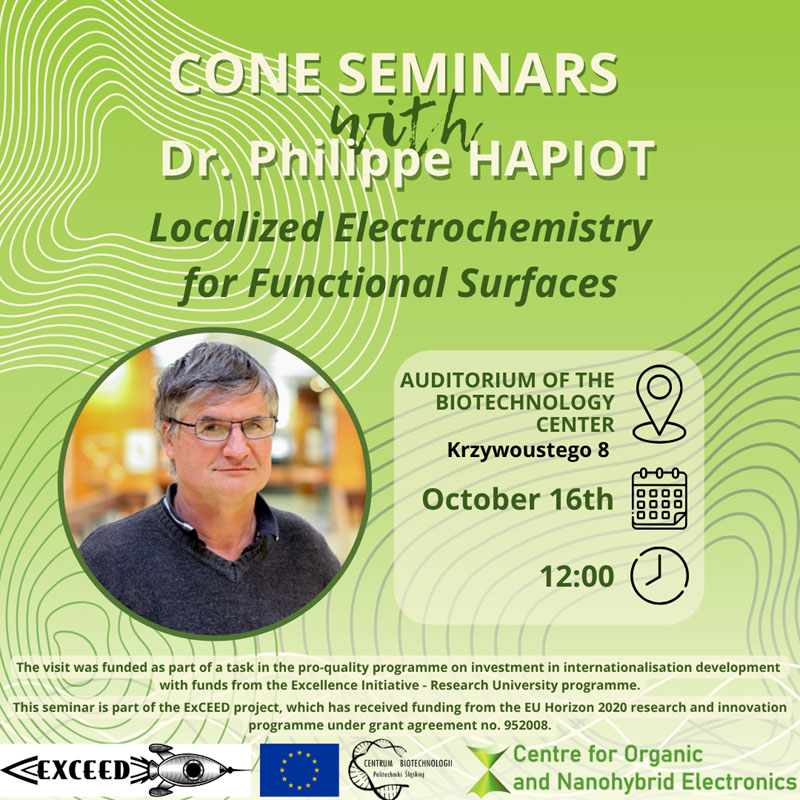
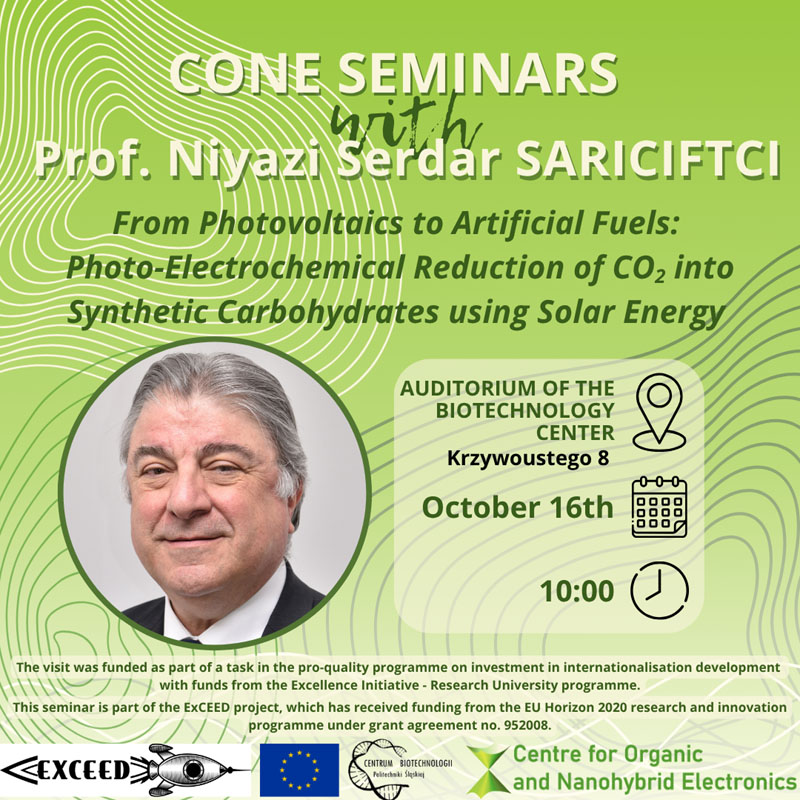
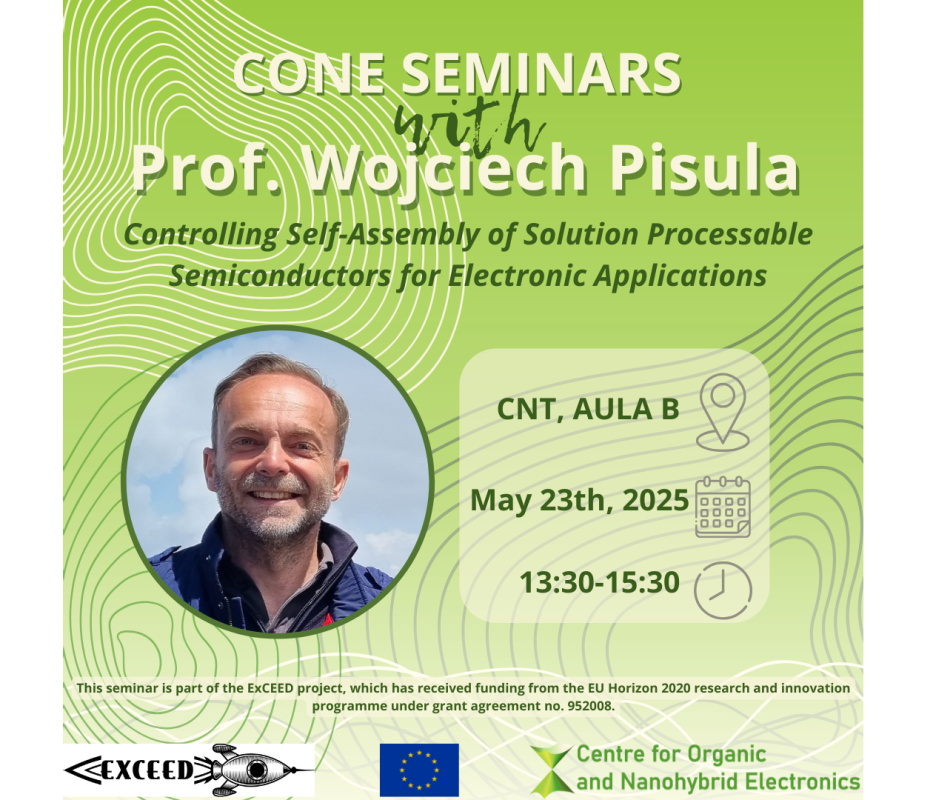
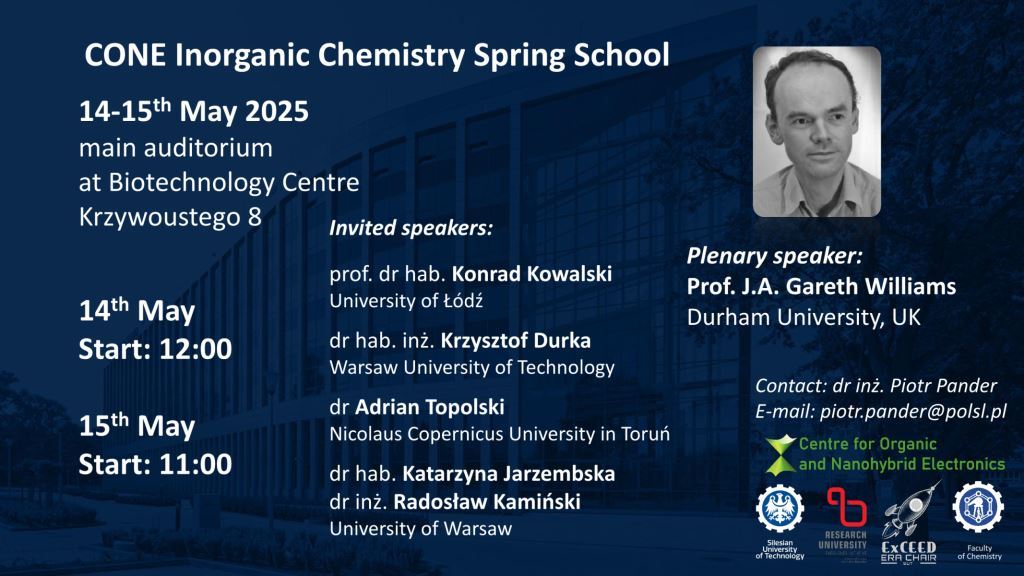
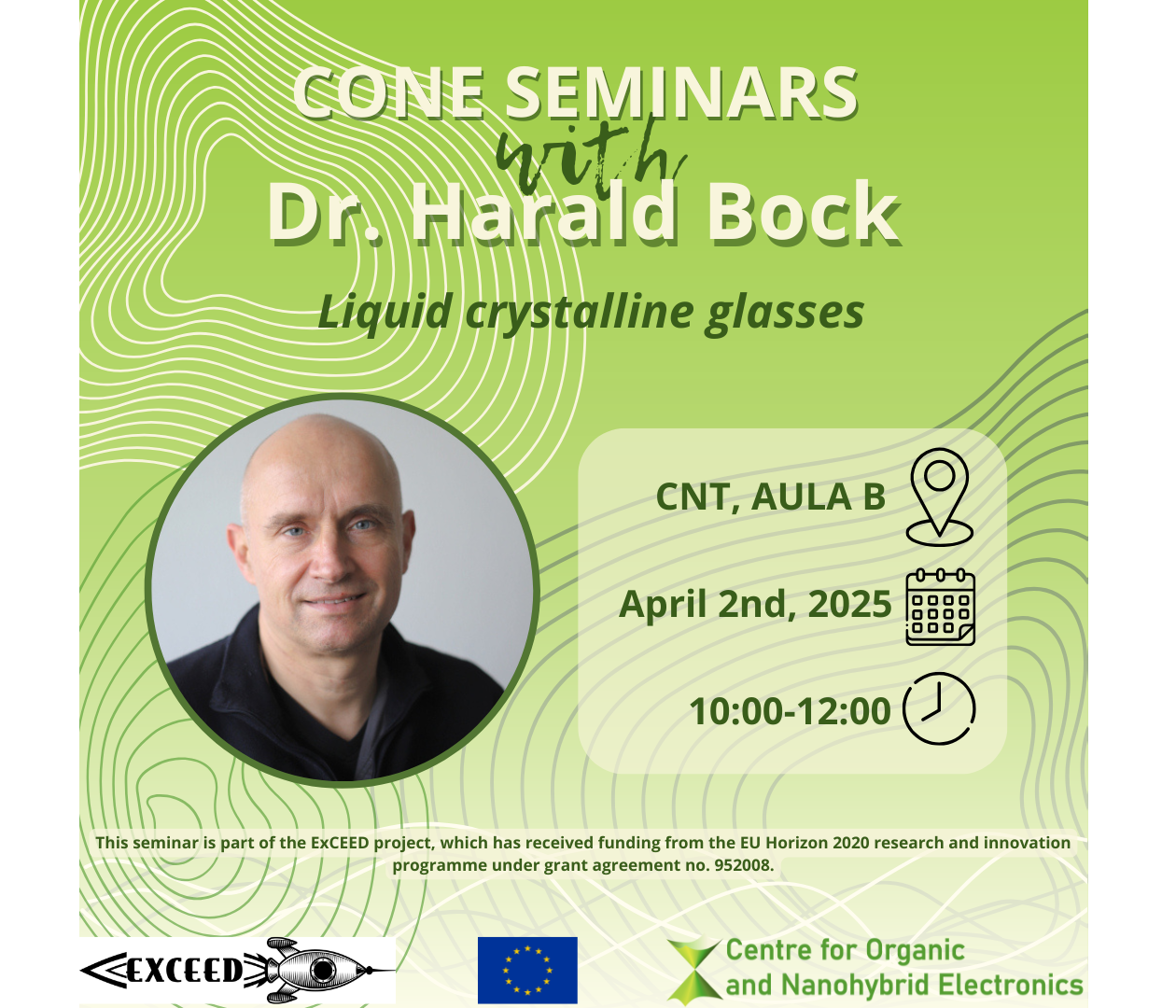
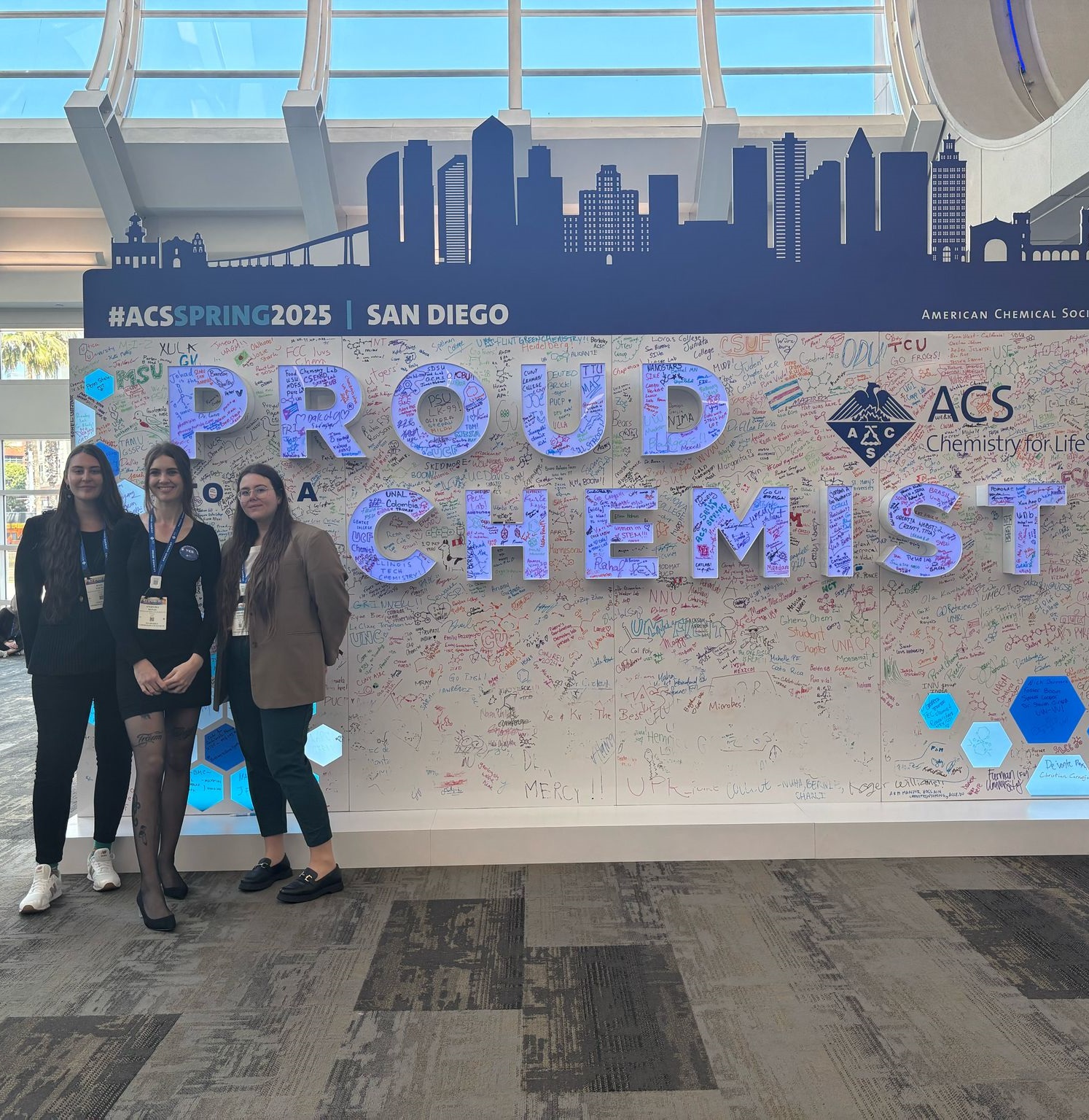
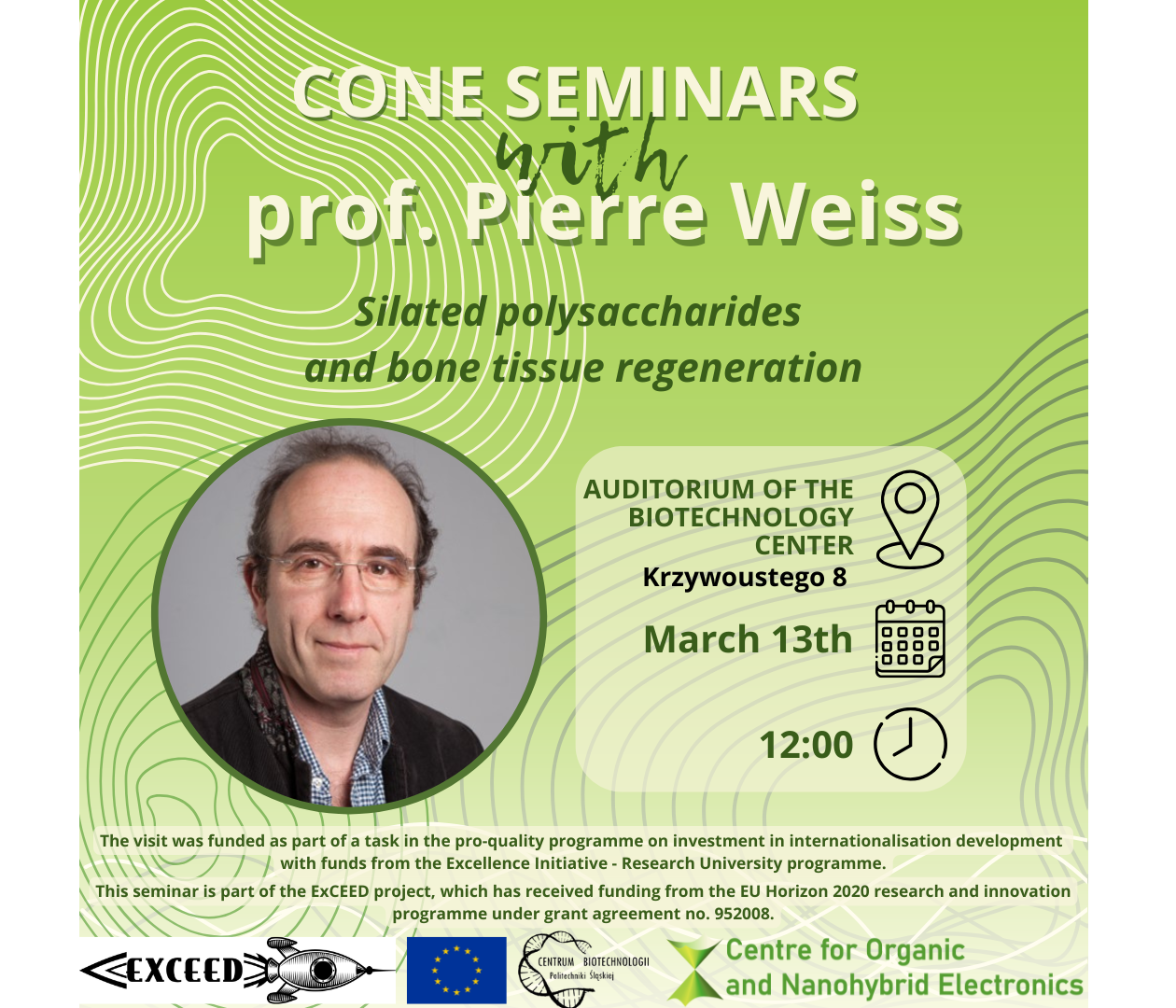
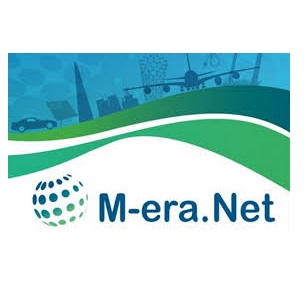

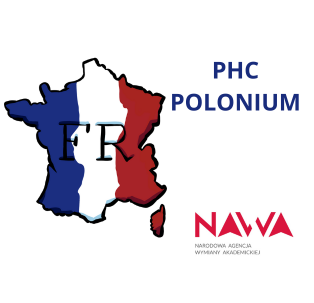
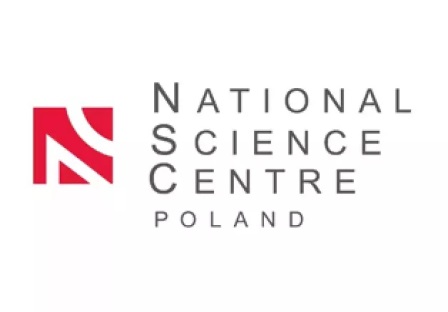
Show more Less items










